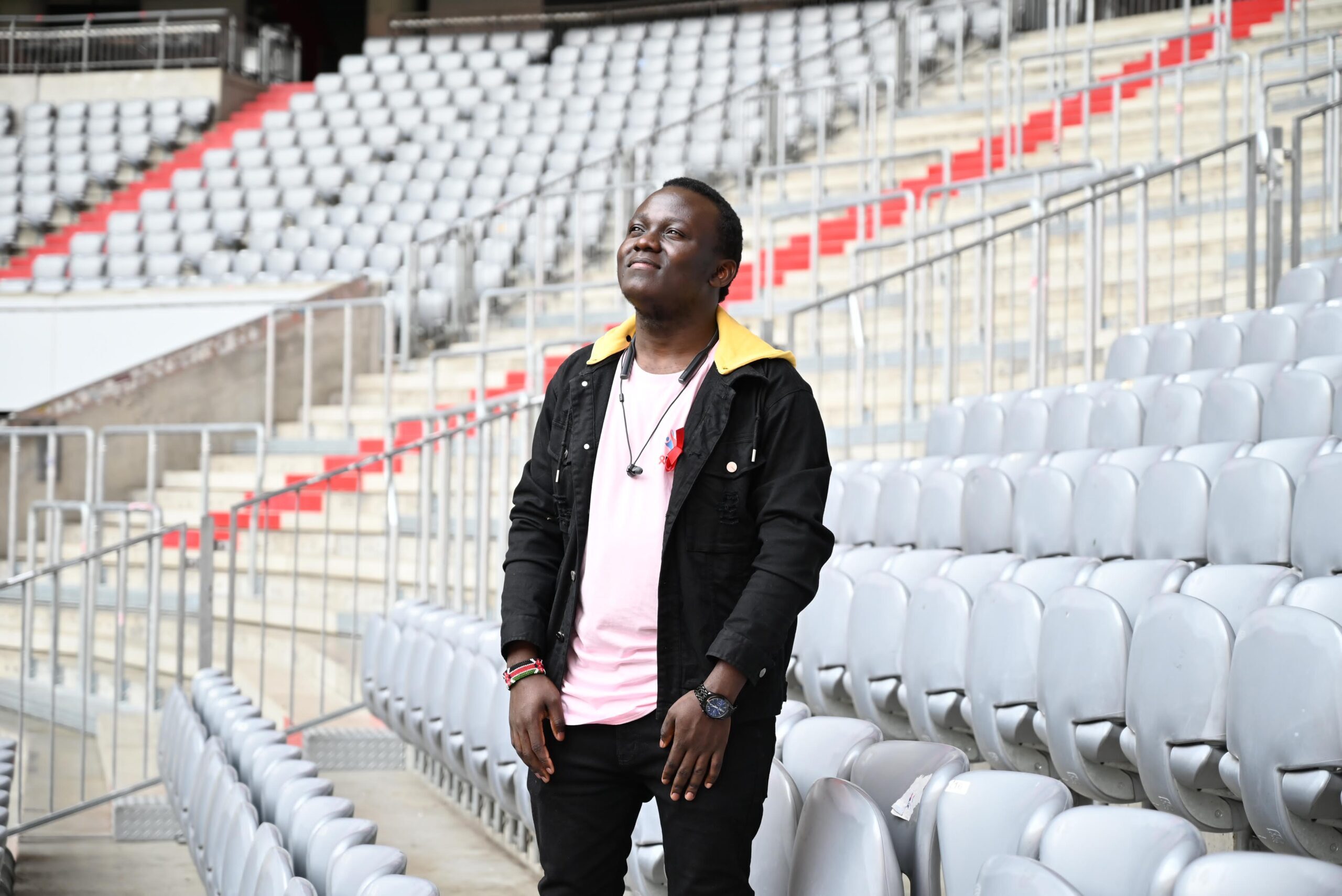In an out-of-the-way corner of the Ober Kamoth health facility in Kisumu, Kenya, Reagan Omollo, 14, sits on a bench next to another teenager. They have just completed their psychosocial support group (PSSG) meeting and are taking time to get to know each other.
The adolescent-specific PSSG is a targeted intervention focussing on providing key messages to HIV-positive young people on healthy living. The adolescents also use the sessions as an outlet to discuss their treatment, expound on drug side effects, discuss on how to deal with stigma, and support one another to remain healthy and on treatment.
Reagan is a peer leader in the facility and co-facilitates the monthly PSSG meetings with the health care workers. The peer leaders or “champions” are adolescent leaders who are living with HIV, adhere to their treatment and have achieved viral suppression. They receive capacity building and mentorship on interpersonal and mobilization skills to enable them reach their peers to access health services.

“The peer leaders have achieved a high level of self-awareness, have disclosed their HIV status and use their own stories to inspire their peers to cope better with HIV, to miss no drugs, miss no clinic appointments and suppress the virus,” said Edmond K’Odero, Adolescent Technical Advisor.
Reagan was born with HIV. He learned of his status in 2009 after experiencing illness.
“My mother used to talk to me about HIV so I was not afraid, I know it is a normal disease,” said Reagan.
On this day, Reagan is meeting with an adolescent who has newly learned his HIV status. They talk quietly for some time. The conversation looks very relaxed and reassuring. He loves his role as an adolescent champion and the responsibilities that come with it.
“I teach boys who have newly enrolled and have challenges with taking [their medicine], I encourage them not to give up because some say that the drugs make them dizzy but I tell them that it’s normal,” said Reagan.
Reports show that the Adolescent Champion Model transforms adolescent health care delivery and addresses a health center’s environment, policies, and practices to ensure that all aspects of a visit to the health center are adolescent and youth-centered.

According to David Otieno, the Clinical Officer and adolescent lead focal person, Ober Kamoth has four adolescent champions. The facility has been able to achieve 91% viral suppression among its adolescent clients. He attributes this achievement in part to the contribution of peer leaders.
“The champions know when the others take the drugs, and even the regimen. They remind them to take drugs and give me a verbal report on every clinic day,” said Otieno.
Responsibilities of adolescent champions include:
- Accompanying the linkage officers during home visits
- Reinforcing treatment literacy messaging during PSSG
- Co-facilitating the PSSG sessions
- Following-up their peers who have been newly enrolled
The Elizabeth Glaser Pediatric AIDS Foundation, in partnership with the Elton John AIDS Foundation, supports the Ober Kamoth Facility.




